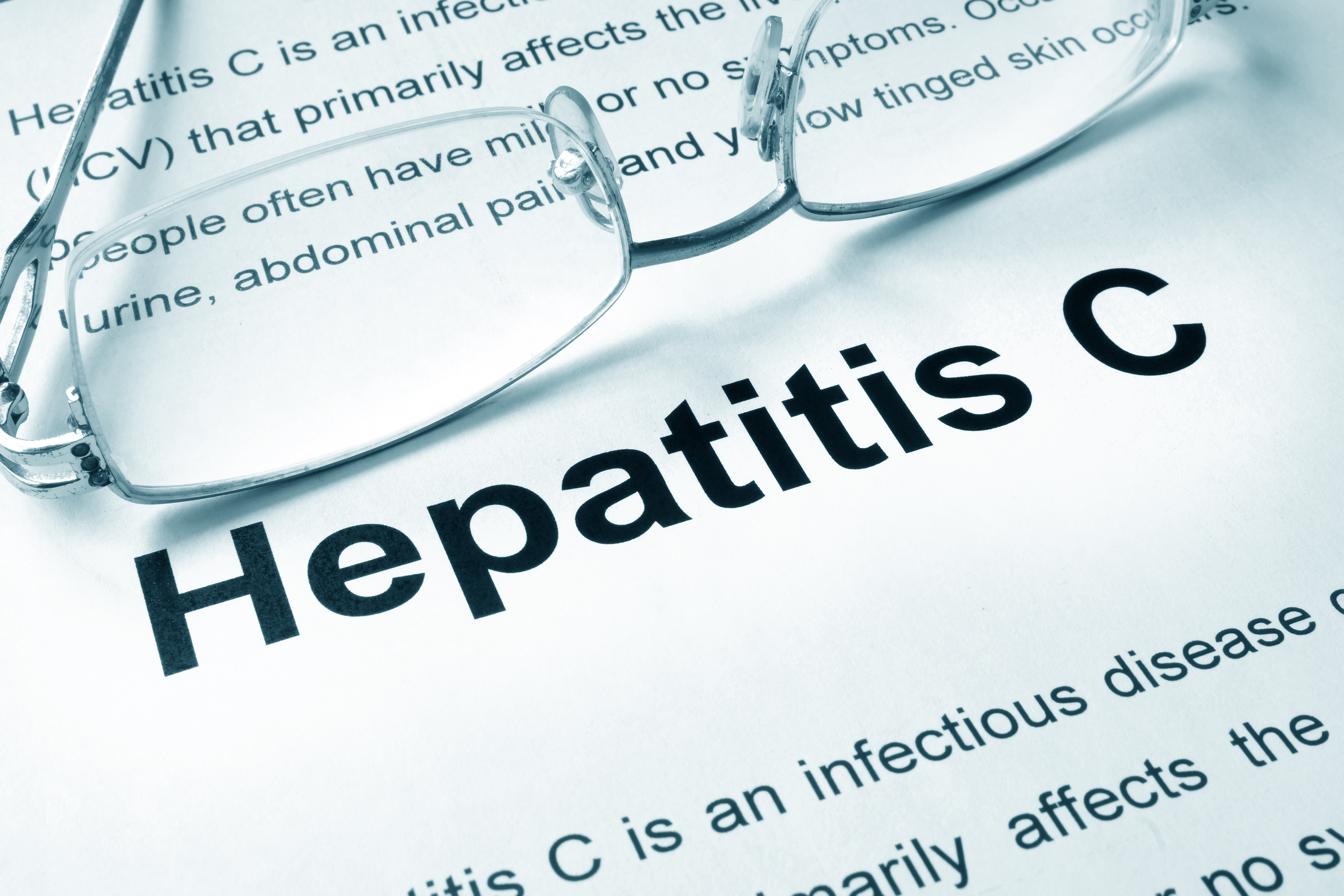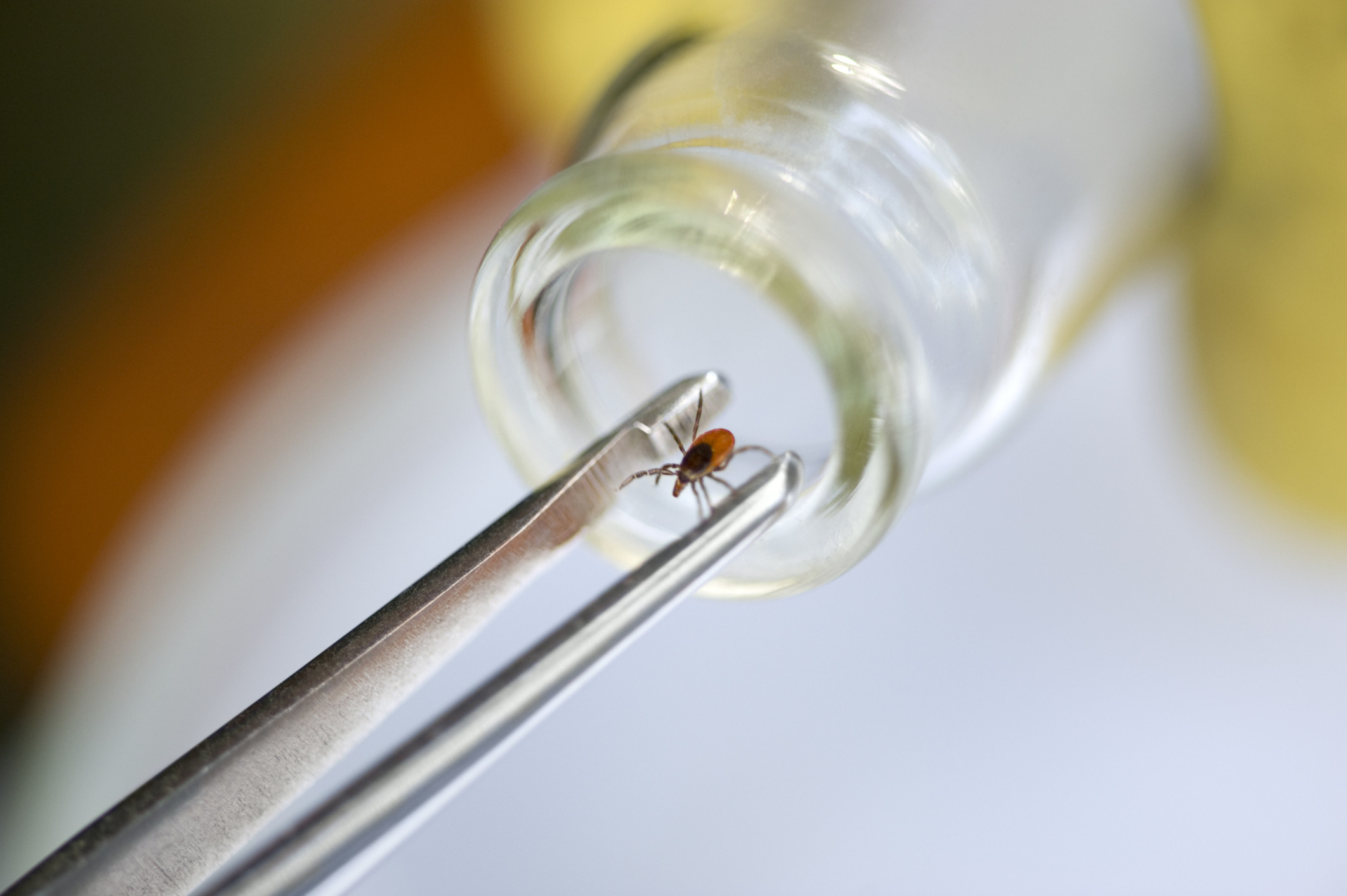
5 timeless habits for better health

What are the symptoms of prostate cancer?

Is your breakfast cereal healthy?

When pain signals an emergency: Symptoms you should never ignore

Does exercise give you energy?

Acupuncture for pain relief: How it works and what to expect

How to avoid jet lag: Tips for staying alert when you travel

Biofeedback therapy: How it works and how it can help relieve pain

Best vitamins and minerals for energy

Should you take probiotics with antibiotics?
Infectious diseases Archive
Articles
Baby boomers and hepatitis C: What’s the connection?
Because those in the baby boom generation account for around 75% of hepatitis C cases, the CDC and USPSTF are recommending that all baby boomers should get screened for the hepatitis C virus.
Giving babies and toddlers antibiotics can increase the risk of obesity
Antibiotics are crucial tools in fighting illnesses, but over-reliance on them can have serious consequences. A new study found that babies who were given antibiotics in their first two years were significantly more likely to become obese.
Lyme disease: Resolving the “Lyme wars”
Most people who get Lyme disease recover after a course of antibiotics, but some patients continue to experience symptoms for months or even years. There is much controversy around post-treatment Lyme disease, particularly in how long patients should continue taking antibiotics.
Ticked off: America’s quiet epidemic of tickborne diseases
The number of annual cases of Lyme disease in the United States nearly doubled from 2004 to 2016 (and those are just the reported cases), but several other serious illnesses can be spread by ticks and mosquitoes.
The bacterial horror of hot-air hand dryers
Researchers testing the dispersal of bacteria in public restrooms found that the hand dryers were picking up bacterial deposits, likely from aerosolized microbes caused by the flushing of uncovered toilets.

5 timeless habits for better health

What are the symptoms of prostate cancer?

Is your breakfast cereal healthy?

When pain signals an emergency: Symptoms you should never ignore

Does exercise give you energy?

Acupuncture for pain relief: How it works and what to expect

How to avoid jet lag: Tips for staying alert when you travel

Biofeedback therapy: How it works and how it can help relieve pain

Best vitamins and minerals for energy

Should you take probiotics with antibiotics?
Free Healthbeat Signup
Get the latest in health news delivered to your inbox!
Sign Up











